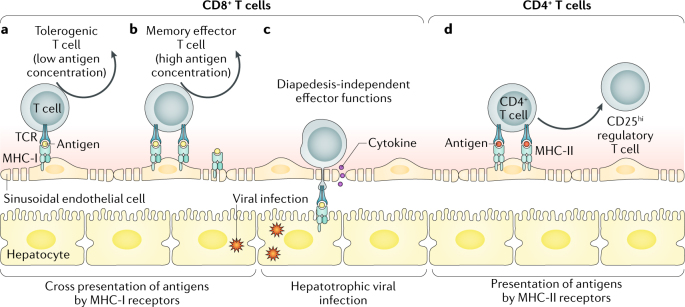Fig. 2. Hepatic sinusoidal endothelial cells as antigen-presenting cells.
a | Liver sinusoidal endothelial cells (LSECs) express major histocompatibility complex class I (MHC-I) receptors and can cross-present antigen to CD8+ cytotoxic T cells. At low antigen concentrations, this presentation leads to tolerance and deletion of CD8+ T cells. b | If antigen concentrations are high, then antigen cross presentation to CD8+ T cells leads to a memory effector T cell phenotype. c | In the context of hepatotrophic infections such as hepatitis B, CD8+ T cells adhere to the sinusoids in a platelet-dependent process and then probe for infected hepatocytes through LSEC fenestrae. Detection of an infected hepatocyte leads to diapedesis (the process of cells actively crossing capillaries)-independent killing. d | LSECs can also present antigen to CD4+ T cells via expression of MHC class II, which leads to the induction of suppressor T cells (CD25hi regulatory T cells). TCR, T cell receptor.

